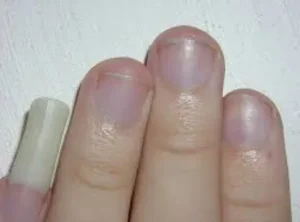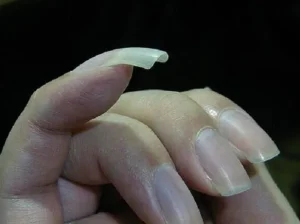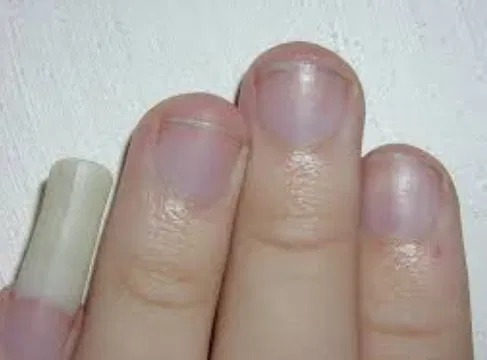People in many cultures have made their little fingernail longer than the others throughout history. People from different cultures have given the gesture different meanings. The long pinky nail may seem unusual or inconsequential to most people, but it often has a deeper meaning that is shaped by the values, customs, and aesthetics of a specific time or place.
In ancient imperial China, for instance, having a long pinky nail was more than just a personal choice; it was a method to indicate your social status. Long nails were a sign that the person wearing them was wealthy or of high rank and didn’t have to undertake hard work.
It was a modest sign that the person who wore it was part of a group of individuals who could afford leisure and refinement. This ritual is still common in China today. Some people, especially taxi drivers, still grow long pinky nails as a little way to honor this historical meaning. They use it to demonstrate how proud they are of who they are or what they do.

People have also linked the long pinky nail to being smart, not only class. In ancient Chinese and Greek cultures, it was sometimes seen as a sign of academic excellence. People thought that someone with a long nail was not only indolent but also smart, which helped to make it a sign of intellect. It became a shorthand for cultured living, which meant that the person was doing things that were good for their mind instead of their body.
The long pinky nail has proven useful in everyday life as well as being a sign. It became a helpful tool in Turkey and other locations for things like opening cigarette wrappers and carefully prying apart packages. This practical use turned what could have been just a style or symbol into something much more useful.
The long pinky nail has indicated other things in more recent times, especially during the counterculture movements of the 1970s. In some circles, it was associated with drug use and was employed as a functional instrument for taking drugs. Some people, especially those in certain music, fashion, or urban subcultures, saw it as a means to represent who they are, go against the rules, or show off their style. The new edition is different from the earlier ones because it focuses on identity, which is how people want to be seen and understood by others.

The long pinky nail is still an interesting cultural artifact, whether it be a sign of prestige, intelligence, usefulness, or fashion. The meaning of the word changes according on where and by whom it is used. Some people think it’s old, while others think it’s fresh.
To comprehend this unassuming yet significant endeavor, one must recognize the societal and individual perspectives that inform its interpretation. This lesson teaches us that even the slightest changes in how we look can have a tremendous effect.
